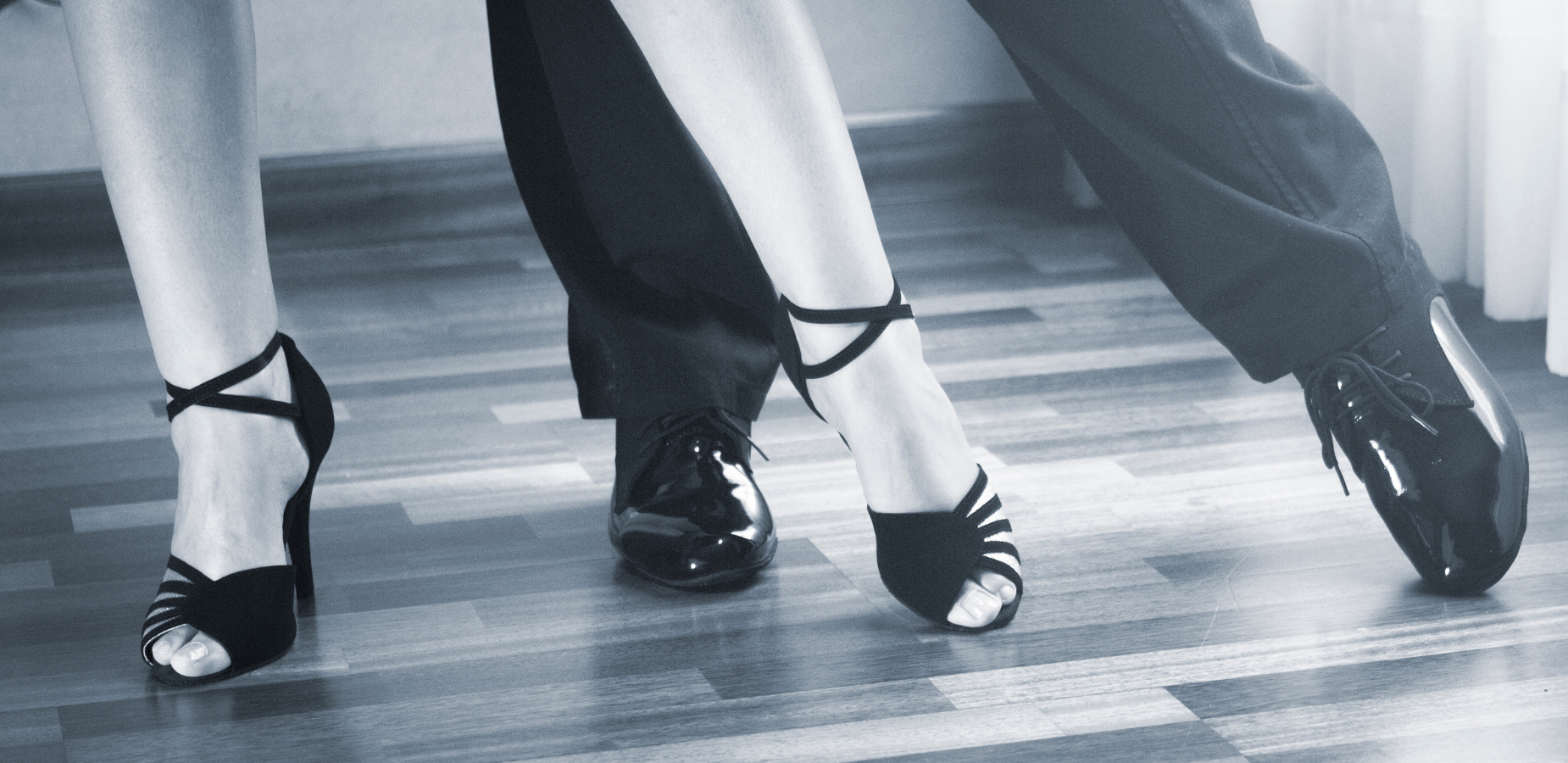Tips for Choosing the Best Ballroom or Latin Shoe
There are a wide variety of dance shoe brands out there. Some great and some not so great, so how do you know which brands to trust?
I have been a Ballroom and Latin dancer my whole life and have danced all over the world in National and World Championships so have a thorough understanding of what makes a good shoe and what makes a bad one!
I also now own a dance school and have seen a variety of off-brand shoes coming into the studio with feedback from my dancers.
There is a surprising amount of technology that can go into Ballroom and Latin Dancing shoes to make them as comfortable as possible and to make them work for you whilst dancing.
For the typical social dancer it would be best to look for a shoe that can be used to dance both Ballroom AND Latin, therefore eliminating the need to change shoes throughout your dancing session.
Reputable Ballroom & Latin Dance Shoe Brands
Ray Rose - great competitive, social and practice shoes. Look for their Sapphire range (blue label) for shoes designed for the social dancer.
International Dance Shoes - great competitive and practice shoes.
Supadance - great competitive, social and practice shoes
DSI - great competitive shoes
Freed - great competitive and social shoes
All these brands should give you fantastic quality however that quality does come at a price (read to the end for how to help this expense).
Teacher/Practice Shoes
Teacher Shoes or Practice Shoes are a great option sought by many for those who find less comfort in your average shoe. They provide a lot of extra stability and comfort and are designed for long periods of dancing (but they can certainly be used even if you’re only dancing a few times a week).
Practice Shoe from Ray Rose
I have no doubt that you will be able to find many cheaper dance shoes on sites such as Amazon and these shoes will work well enough for the short term. Especially if you’re only just getting into dancing and want to watch your wallet…but a fantastic long term option will be one of the above brands.
Cut the cost of your top-quality shoes!
Also good to note to all of Starlight Daning’s dancers, you can get 20% off non-discounted shoes when shopping at Ray Rose using our discount code. Speak to us to find out what that discount code is!
What is the best Ballroom Dance to learn first?
What is the best Ballroom & Latin Dance to Learn First?
It is worth mentioning that everyone finds different things easy and therefore different things difficult and there is no ‘one size fits all’ for what the easiest dance is for everyone.
Having said that, from our 20+ years of Ballroom and Latin experience and teaching a wide variety of people from around the world, we know what people generally find easier and the answer may not be what you expected.
A lot of people tend to presume that a dance like the Waltz, with its slow tempo and only three beats per bar, would make it the easiest dance to get started with however it tends to be the Quickstep! Surprising, I know!
When watching Strictly Come Dancing, you may think of the Quickstep as being a lively, hop-skip-jumpy dance and whilst that is true for competitions, when danced socially this is a lot more calm.
Not only that but Quickstep repeats itself very quickly and doesn’t need to have corner groups. It’s possible to use your basics to bend around the corners before you have your first corner group such as your Spin Turn or Tipple Chasse. And once you have your basics, it is easy to add in your next basic group, the lockstep.
With the right tuition and guidance, all Ballroom and Latin dances can be made to feel easy and we highly recommend giving them all a go!
Speaking of which, one of the best Latin American dances to learn first would have to be the Cha Cha Cha. These basics also repeat themselves quickly with additional groups such as the New York’s or Hand to Hands being a nice change from the basic movement whilst still resembling a very similar action.
And once you have learnt the Cha Cha Cha, the Rumba basics will feel very familiar as they follow a similar pattern and technique. The differences being that the Rumba is slower and with a side step instead of your ‘side close side’ from the Cha Cha Cha. You may think that this makes the Rumba sound easier, however the holding of beat 1 (rather than stepping on it in the Cha Cha) can often make this a little fiddly at first.
If you are interested in learning to dance, we offer a wide variety of Beginner Courses throughout the year. Click below to see what courses we have coming up next!






